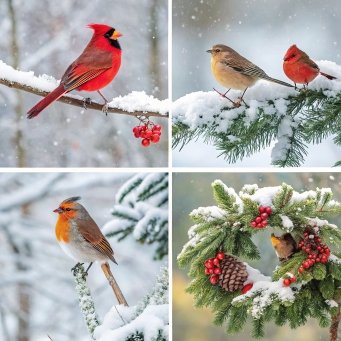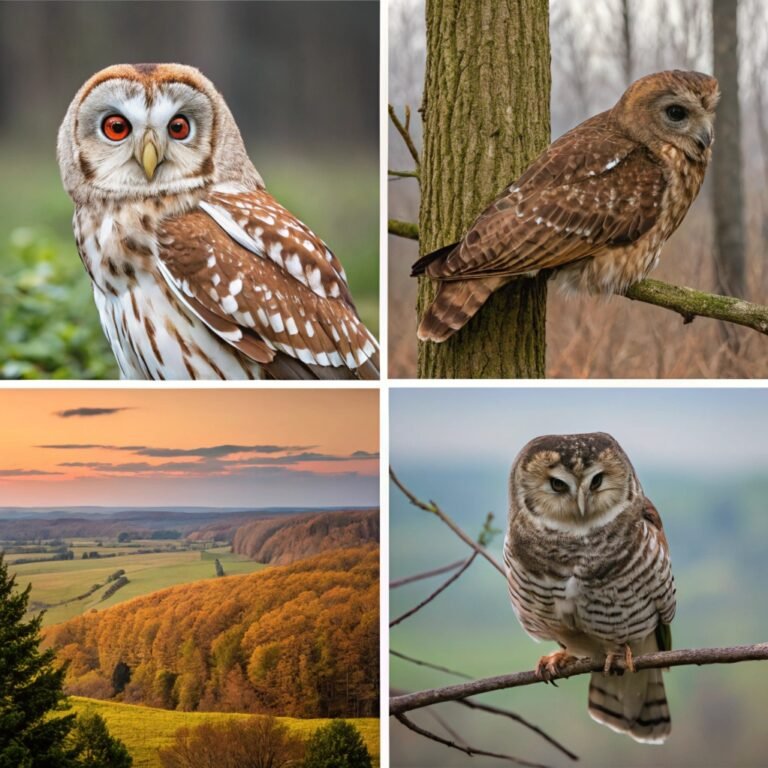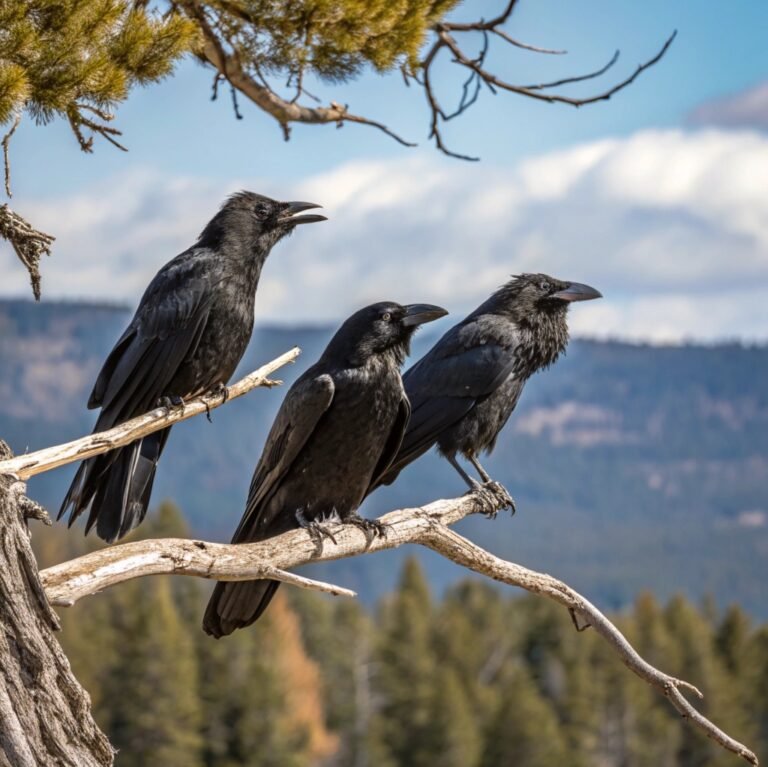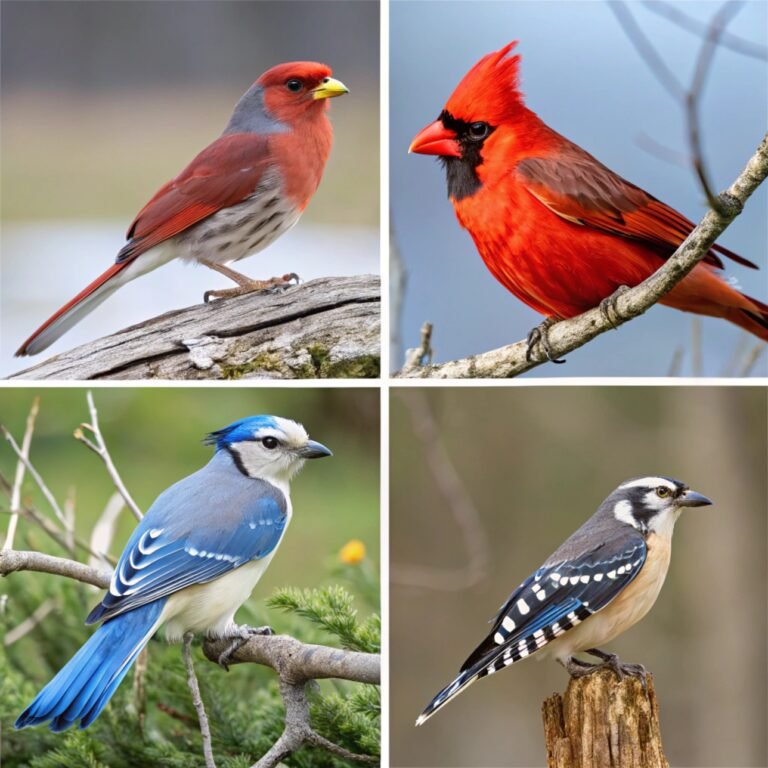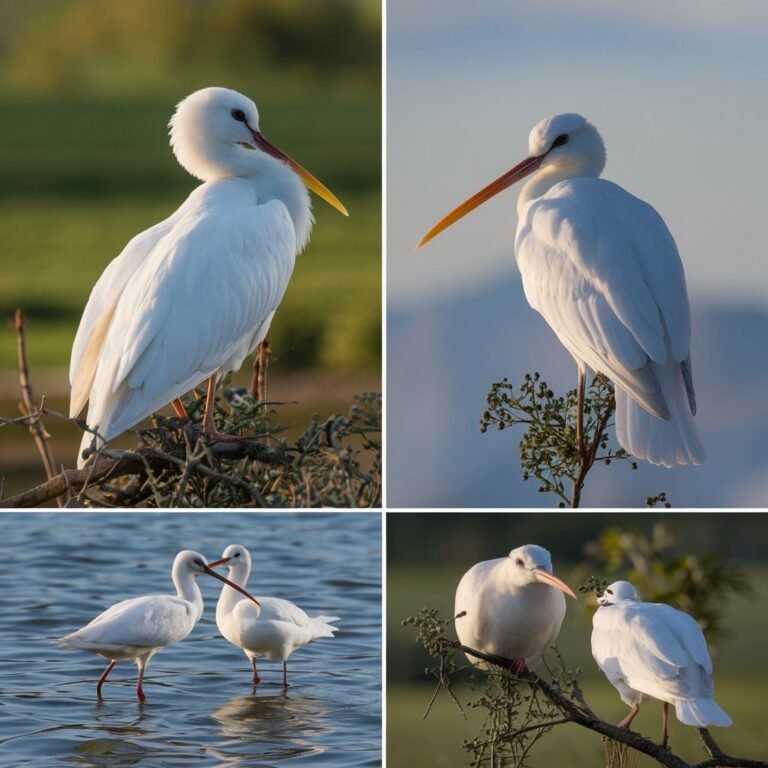13 Birds Seen in the Twelve Days of Christmas Carol: Amazing Species
The beloved Christmas carol “The Twelve Days of Christmas” has captivated audiences for centuries with its festive lyrics and memorable melody.
At the heart of this yuletide favorite lies a fascinating array of avian protagonists, each playing a unique role in the song’s narrative.
This comprehensive exploration delves into the 13 birds featured in the carol, uncovering their significance, symbolism, and the intriguing stories behind their inclusion in this timeless holiday classic.

Key Takeaways:
Before we embark on our ornithological journey through the Twelve Days of Christmas, let’s highlight some key points to keep in mind:
- The carol features a diverse array of birds, from common farmyard fowl to exotic waterfowl
- Some birds in the song have clear identities, while others are subject to interpretation and debate
- The symbolism behind each bird adds depth and meaning to the carol’s message
- The song’s origins are shrouded in mystery, with potential French or Scottish influences
- Birds play a significant role in Christmas traditions and symbolism beyond this carol
- The inclusion of birds in the song may reflect their importance in medieval European culture and cuisine
- Some interpretations suggest the birds represent religious or cultural symbolism
- The carol’s structure allows for variations and adaptations across different cultures and time periods
- Understanding the birds in the song enhances our appreciation of its rich cultural heritage
- The enduring popularity of the carol speaks to the universal appeal of its avian imagery
A Partridge in a Pear Tree: The Festive Foundation
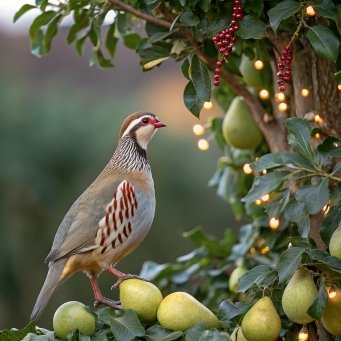
The carol begins with the iconic image of a partridge perched in a pear tree. This seemingly odd pairing has puzzled listeners for generations, but it sets the stage for the avian adventure to come.
The partridge, likely referring to the grey partridge (Perdix perdix), is a ground-dwelling bird native to Europe. Its inclusion in the song may stem from its status as a popular game bird in medieval times.
Interestingly, the pear tree element might be a result of a linguistic misunderstanding. Some scholars suggest that the French word for partridge, “perdrix,” could have been mistaken for “pear tree” in English.
Regardless of its origins, this first gift has become an enduring symbol of the holiday season, representing the start of a generous and abundant celebration.
Two. Turtle Doves: A Symbol of Devotion
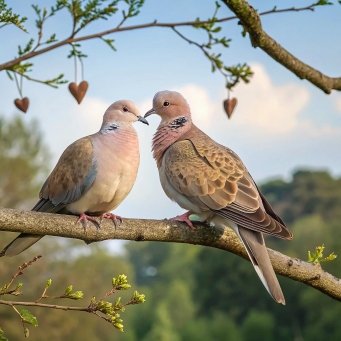
The second day brings a pair of turtle doves, birds long associated with love and fidelity.
These gentle creatures, likely referring to the European turtle dove (Streptopelia turtur), have been revered in various cultures for their devoted pair bonding.
Their soft, purring calls have earned them a place in poetry and literature as symbols of affection and peace.
In the context of the carol, the turtle doves may represent the strong bond between the gift-giver and recipient.
Their inclusion also adds a touch of romantic symbolism to the festive narrative, reminding us of the love and companionship that often flourish during the holiday season.
Three. French Hens: A Taste of Luxury
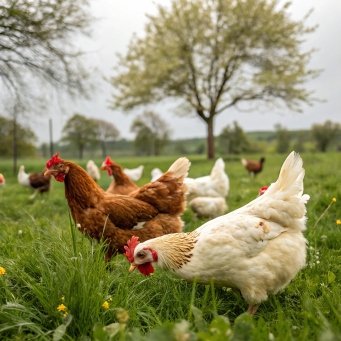
The third day introduces three French hens, bringing a touch of culinary sophistication to the carol.
While not a specific species, French hens likely refer to high-quality poultry breeds prized for their meat and eggs. In medieval Europe, owning such birds would have been a sign of wealth and status.
These hens may represent the bounty of the holiday feast, as well as the generosity of the gift-giver.
Their French origin adds an element of exotic luxury, suggesting that no expense has been spared in this lavish display of affection.
The inclusion of domesticated birds also grounds the carol in the everyday experiences of its audience, making it relatable despite its fantastical elements.
Four. Calling Birds: A Quartet of Songsters
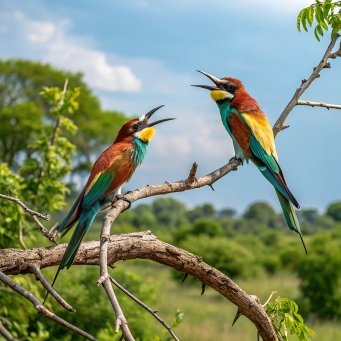
The fourth day’s gift has been the subject of much debate and interpretation. Originally written as “colly birds,” meaning black as coal, this line has evolved to become “calling birds” in many modern versions.
The identity of these birds remains open to speculation, with possibilities including:
- Blackbirds: Fitting the original “colly” description
- Songbirds: Aligning with the “calling” interpretation
- Pheasants: Another popular game bird of the time
Regardless of their specific identity, these four birds add a musical element to the growing menagerie.
Their presence evokes the joyful sounds of nature, perhaps symbolizing the carols and songs that fill the air during the Christmas season.
Five. Gold Rings: A Surprising Avian Connection
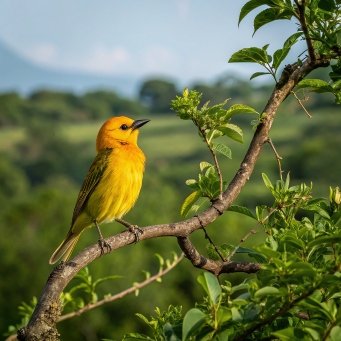
While not explicitly a bird, the five gold rings of the fifth day may have an unexpected avian connection.
Some interpretations suggest that these “rings” actually refer to ring-necked pheasants, adding another bird species to our festive flock.
This theory is supported by the song’s focus on birds in the early verses and the popularity of pheasants in medieval cuisine.
Whether literal jewelry or cleverly disguised birds, the five gold rings serve as a pivotal point in the carol.
They mark the transition from the smaller gifts to the increasingly grand and numerous presents that follow, building anticipation for the extravagant displays to come.
Six. Geese a-Laying: Fertility and Abundance
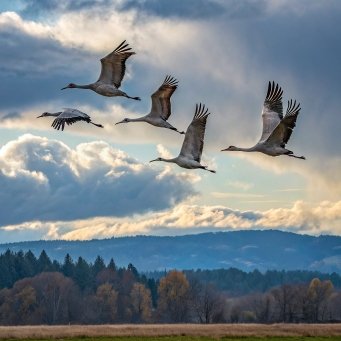
The sixth day brings us six geese a-laying, introducing waterfowl to our avian assembly.
Geese have long been associated with fertility and abundance, making them a fitting addition to this generous gift-giving spree.
The specific mention of laying geese emphasizes their productive nature, symbolizing the bounty of the season.
Domesticated geese were highly valued in medieval Europe for their meat, eggs, and feathers. Their inclusion in the carol reflects their important role in the agricultural and culinary landscape of the time.
The image of geese contentedly laying eggs also evokes a sense of peace and plenty, ideal sentiments for the holiday season.
Seven. Swans a-Swimming: Grace and Beauty

The seventh day introduces a touch of elegance with seven swans a-swimming. Swans, with their long necks and pristine white plumage, have long been symbols of grace and beauty.
In medieval Europe, swans were often associated with royalty and nobility, adding a regal touch to our growing menagerie.
The image of swans gliding across a wintry pond creates a serene and picturesque scene, perfectly capturing the magic of the season.
Their inclusion in the carol may also allude to the transformative power of love, echoing fairy tales where swans play pivotal roles in romantic narratives.
Eight. Maids a-Milking: An Avian Mystery

While not explicitly birds, the eight maids a-milking of the eighth day present an intriguing avian connection.
Some interpretations link this verse to the European nightjar (Caprimulgus europaeus), a nocturnal bird once believed to steal milk from goats. This superstition gave rise to the nightjar’s colloquial name, “goatsucker.”
Although nightjars were likely not consumed at medieval feasts, their inclusion in the carol (if this interpretation is correct) adds an element of mystery and folklore.
It reminds us of the rich tapestry of beliefs and superstitions that often surround birds in various cultures.
Nine. Ladies Dancing: The Graceful Crane

The ninth day’s gift of nine ladies dancing may have an avian counterpart in the form of dancing cranes.
Cranes are known for their elaborate courtship displays, which involve intricate dances and calls. Their tall stature and graceful movements have often been likened to human dancers.
In many cultures, cranes are considered sacred birds, symbolizing longevity, wisdom, and fidelity.
Their inclusion in the carol (if we accept this interpretation) adds a touch of natural wonder and spiritual significance to the unfolding narrative.
Ten. Lords a-Leaping: The Lekking Grouse

The ten lords a-leaping of the tenth day find a fascinating parallel in the world of birds through the lekking behavior of black grouse.
During mating season, male black grouse gather in communal display grounds called leks, where they perform elaborate leaping and strutting displays to attract females.
This natural spectacle, with its competitive and theatrical elements, mirrors the image of leaping lords.
The inclusion of such behavior in the carol (if this interpretation is correct) showcases the rich diversity of avian courtship rituals and their potential to inspire human imagination.
Eleven. Pipers Piping: The Melodious Sandpipers

The eleventh day’s gift of eleven pipers piping may allude to the sandpiper family of shorebirds.
Known for their distinctive calls and whistling sounds, sandpipers could be seen as nature’s pipers. With over 25 species worldwide, these birds are often found along sandy shores, even in winter.
Another potential avian connection is the piping plover (Charadrius melodus), an endangered shorebird whose name directly echoes the carol’s lyrics.
The inclusion of these birds adds a coastal element to our festive menagerie, reminding us of the diverse habitats that birds inhabit.
Twelve. Drummers Drumming: The Rhythmic Ruffed Grouse
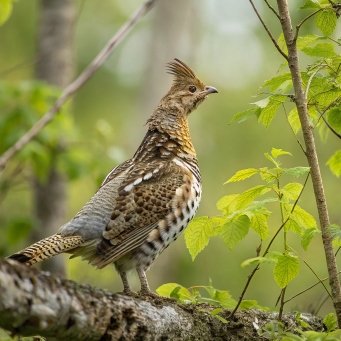
Our avian journey concludes with the twelve drummers drumming of the twelfth day. While not explicitly mentioned in most interpretations, we can draw a parallel to the ruffed grouse (Bonasa umbellus).
Male ruffed grouse are known for their distinctive drumming displays, produced by rapidly beating their wings against the air.
This natural percussion, often heard echoing through forests, provides a fitting finale to our bird-inspired carol.
The ruffed grouse’s drumming, typically associated with territorial and mating behaviors, adds a wild and primal rhythm to the song’s conclusion.
Frequently Asked Questions
Why are there so many birds in “The Twelve Days of Christmas”?
The abundance of birds in the carol likely reflects their importance in medieval European culture. Birds were valued for their meat, eggs, and feathers, and often featured in folklore and symbolism. Their inclusion may also relate to the song’s possible French origins, as similar French folk songs feature numerous bird references.
Are all the birds in the song real species?
While some birds, like the partridge and turtle dove, clearly refer to specific species, others are open to interpretation. The “calling birds,” for example, could represent various songbirds or game birds. The focus is more on the symbolic and poetic qualities of the birds rather than strict ornithological accuracy.
What is the significance of the number of birds in each verse?
The increasing number of birds (and other gifts) in each verse creates a cumulative effect, building excitement and emphasizing the generosity of the gift-giver. This structure also makes the song easy to remember and fun to sing, contributing to its enduring popularity.
Are there any endangered species mentioned in the carol?
While the carol doesn’t specifically mention endangered species, some modern interpretations link certain verses to birds of conservation concern. For example, the European turtle dove populations have declined significantly in recent years. This connection can serve as a reminder of the importance of bird conservation.
How has the interpretation of the birds in the song changed over time?
As our understanding of birds and their behaviors has evolved, so too have interpretations of the carol. Modern ornithological knowledge has led to new theories about which species might be represented, while changing cultural perspectives have influenced how we view the symbolism of each bird.

Hello, I’m Emily Price, the founder of Birds Affection. As a passionate bird enthusiast and spiritual seeker, I’ve always been fascinated by the symbolic meanings and mystical connections between birds and our lives. On this website, I share my knowledge and insights on the spiritual significance of various bird species, exploring their roles as messengers, guides, and teachers. Through my writing, I aim to inspire and educate others on the profound wisdom and beauty that birds bring to our world. Join me on this journey as we delve into the enchanting realm of bird symbolism and discover the hidden meanings behind these magnificent creatures.

